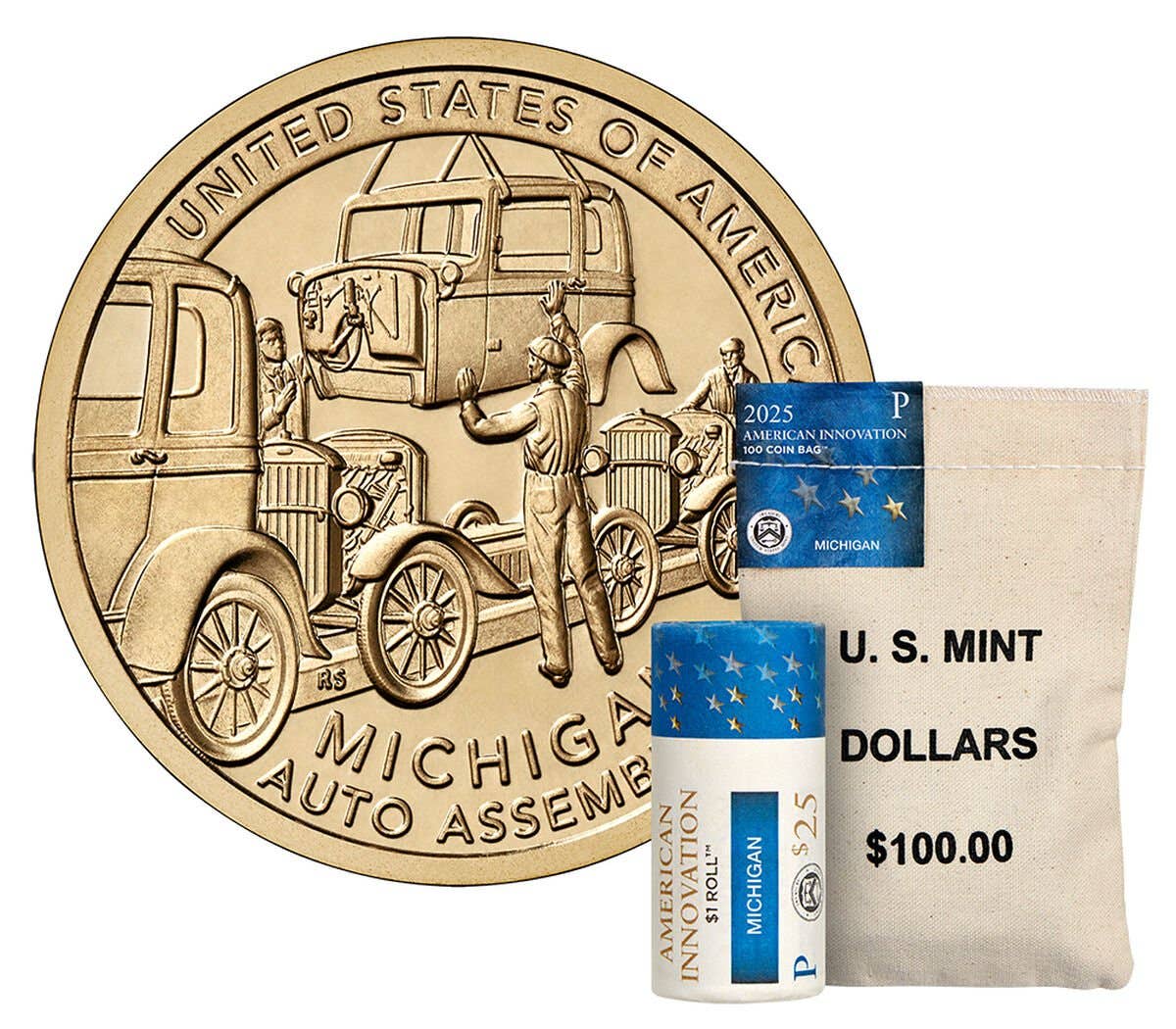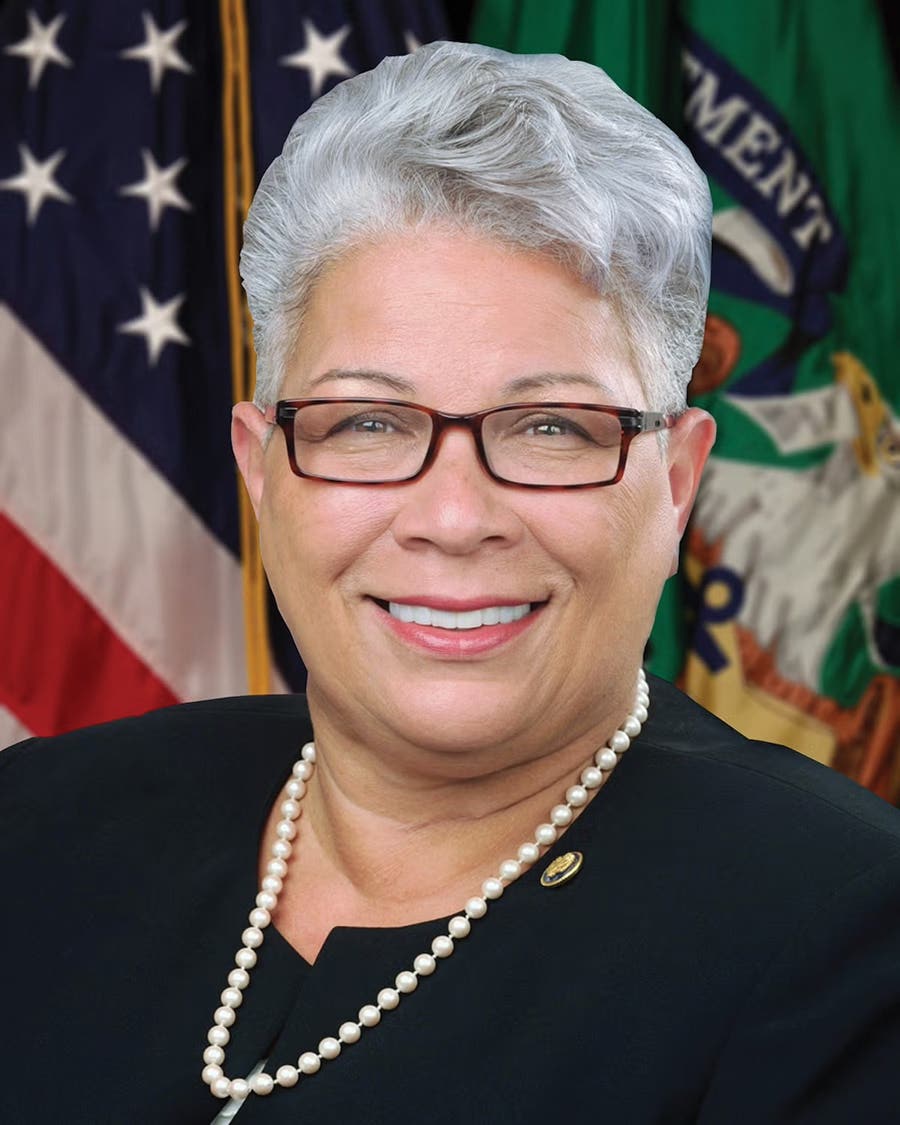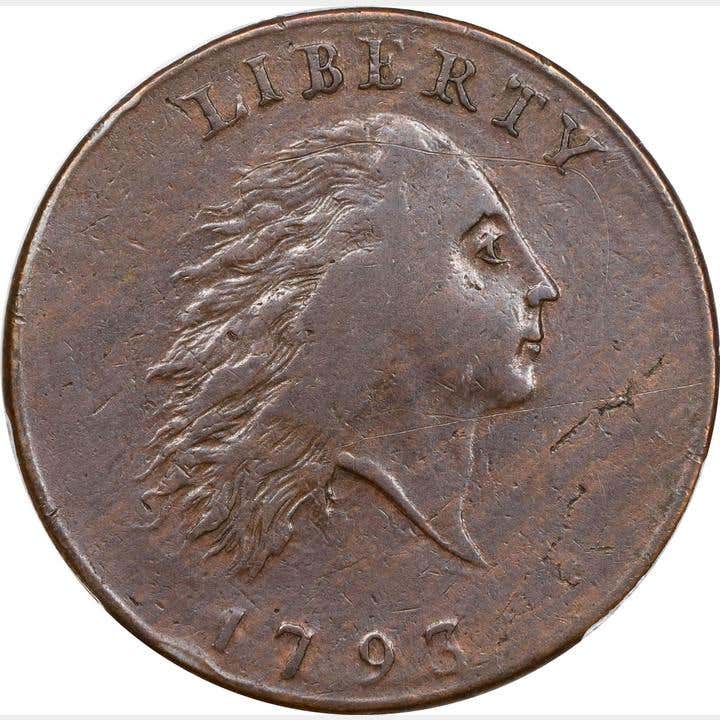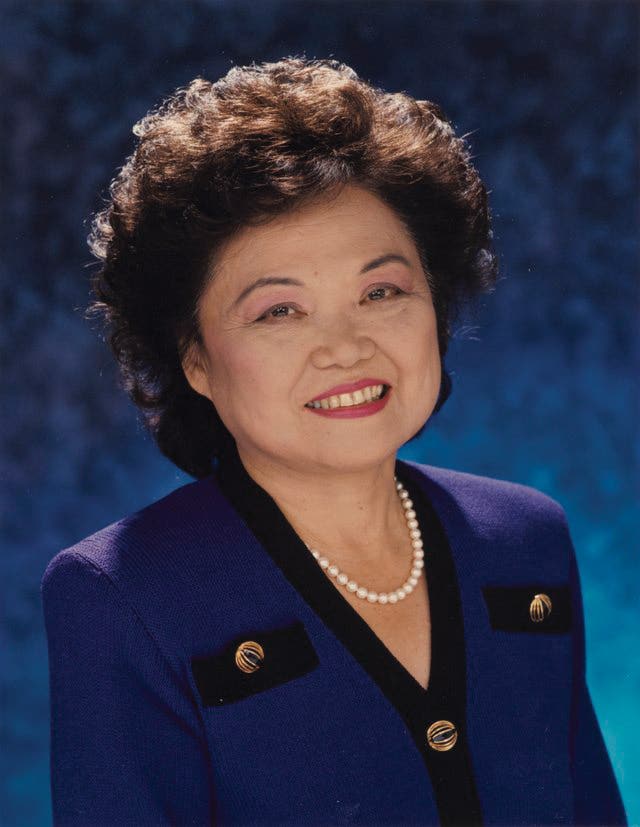Unique Mated Pair Shield Nickel Discovered
Numismatic News reader Greg Bennick has discovered a mated pair of uncirculated 1867 Shield nickels under-described in auction as a lesser error type. The error pair includes planchets intended for…
Numismatic News reader Greg Bennick has discovered a mated pair of uncirculated 1867 Shield nickels under-described in auction as a lesser error type. The error pair includes planchets intended for both a copper-nickel alloy 3-cent and a Shield nickel 5-cent piece, but neither the original grading service nor auction house mentioned that a 3-cent planchet was involved. This error combination involving the planchets of two different denominations elevated the coin to a far rarer error type than if it was a mated pair of like planchets. Mated pairs are rare on United States coinage but nowhere near that of this multi-denominational mated pair.
Even more unusual – not only were the two pieces struck together, but the 3-cent piece had been struck previously by Shield nickel dies rather than 3-cent dies! Upon entering the press a second time, it landed on top of a Shield nickel planchet and was struck again, imparting a Full Mirror Brockage into the Shield nickel from the first strike. The coin virtually covered the 5-cent planchet on the second strike. The difference was so slight that it was virtually undetectable, but it was enough that it almost completely hid the fact that a smaller planchet was involved.
Bennick purchased the set in Heritage Auctions’ Misfits Collection of U.S. Error Coinage, Part 2 as lot #93096 for $10,800 (including buyers’ premium) on Dec. 21, 2022. He said, “I saw the coins were described too simply by Heritage and were in third-party grading holders with labels that didn’t accurately match the coins. Heritage described them as both having been struck on 5-cent planchets and gave details simply as ‘Mated Error Pair of 1867 Shield nickels, No Rays’. In addition, the tag on each third-party grading holder only said ‘Mated Pair, Coin #1/2’ and ‘Mated Pair, Coin #2/2’. The first coin was clearly double struck as it had left a perfect Brockage impression within the Shield nickel planchet when they were mated them together.”
A Brockage is the result of a planchet and a struck coin being in the coining chamber at the same time. The two items may overlap each other, rest on top of each other or be of different sizes when struck. Because this brockage represents a first impression of the coin into a planchet with no distortion, it is referred to as a “Mirror Brockage” or because it covers the entire design it could be called a “Full Mirror Brockage.”
Bennick said, “I thought it odd that everyone had missed describing the upper coin as double struck,” which it had to have been to create a brockage on the lower coin. “I also noticed that the two coins seemed to fit into one another more easily than they would if the planchets were the same denomination. The second coin had a bit of peripheral design remaining even though the first coin had been fully indented into it. I own and have studied many mated pairs, though nothing of this magnitude, and I thought if the third-party grading service had missed the double strike, that possibly they might have missed more about the pair as well.”
Bennick speculates that the 3-cent planchet was likely a leftover in a bin that was used previously to transport 3-cent planchets to a press for striking 3-cent pieces. For some reason, this planchet got stuck in the tote bin which was later filled with 5-cent planchets and delivered to a press striking 5-cent coins. The coin was then delivered to a press striking Shield nickels, struck and kicked back into the press and struck again while laying on top of another 5-cent planchet. This transport method is in fact the most common way for Off Metal and Wrong Planchet errors to occur.
Based on the irregularities Bennick saw in the description and on the pair, he hoped there was more to the coins than was inscribed on the original holders and took a chance, winning the pair with a bid of $10,800 (including the buyer’s premium). Upon closer inspection of the coins, he determined that the upper coin that appeared to be struck on a smaller planchet was in fact the weight of a 3-cent copper-nickel piece. This was later confirmed by Numismatic Guarantee Company (NGC) of Sarasota, Fla., who slabbed the coins in new holders, with one coin having been struck on a 3-cent nickel planchet and the second struck on a Shield 5-cent planchet. NGC graded each coin MS-64 and made note that a “3CN,” for three-cent nickel, planchet was involved.
The “corrected” NGC holder could have said that the first coin was struck on a 3-cent planchet previously struck by 5-cent dies (as proven by Bennick’s comments on the brockage), but there is often not enough room on a holder to include everything and grading services often make note of the most valuable or obvious characteristics and let the finer details speak for themselves. What is important is that this coin is now being recognized as a Multi-denominational Mated Pair involving planchets from two different denominations and that the weight of the 3-cent copper nickel planchet is given. That is a huge upgrade in its attribution!
Bennick believes that the third-party confirmation of the 3-cent piece being involved (along with it being double struck and creating a brockage) elevates the market value of the pair considerably, stating that the pair may be worth $100,000 or more. Of course Bennick and I agree, you never know the value of unique errors like this until they actually go up for sale, a consideration that is a long ways off for Bennick, who plans to keep the coin.
Mark Lighterman, vice president of Combined Organizations of Numismatic Errors Collectors of America (CONECA), who has been collecting errors since the 1970s and owns the largest collection of United States Off Metal and Wrong Planchet errors, said that, while he owns three examples of Shield nickels struck on 3-cent planchets, he has never heard of one involving a mated pair, suggesting that the set is unique.
Recently retired error coin dealer and former Professional Coin Grading Service attributer for error coins, Fred Weinberg of Encino, Calif., indicated to Bennick that he had never heard of any such set, not even in the legendary Conway Bolt collection that Weinberg himself had sold in the early 1970s.
Additionally, major error dealer Mike Byers did not recall ever seeing any Shield nickel mated pairs and said that this pair was worth multiples of the sale price.
Part-time error coin dealer and longtime collector Mark Longas, who owns a large collection of errors, said he had never heard of such an error and that it sounded fantastic!
Bennick has been a collector of major mint errors for over 40 years since the age of 10. He said he is thrilled with the discovery, calling the set “impossibly rare” and hopes news of the find will draw more new error collectors into the hobby.
“There are still treasures to be found,” he said, “and it all starts with excitement and education about errors, and then close and careful study of as many coins as possible.”
He is a board member of CONECA, which can be found online at www.conecaonline.org
Ken Potter has been specializing in error-variety coinage since 1979. He is a longtime freelance writer and Numismatic Literary Guild award-winner for Numismatic News. He is also a past columnist for NN’s sister publication, World Coin News, as well as co-author of Strike It Rich With Pocket Change with Dr. Brian Allen. He may be contacted via email at kpotter256@aol.com.








